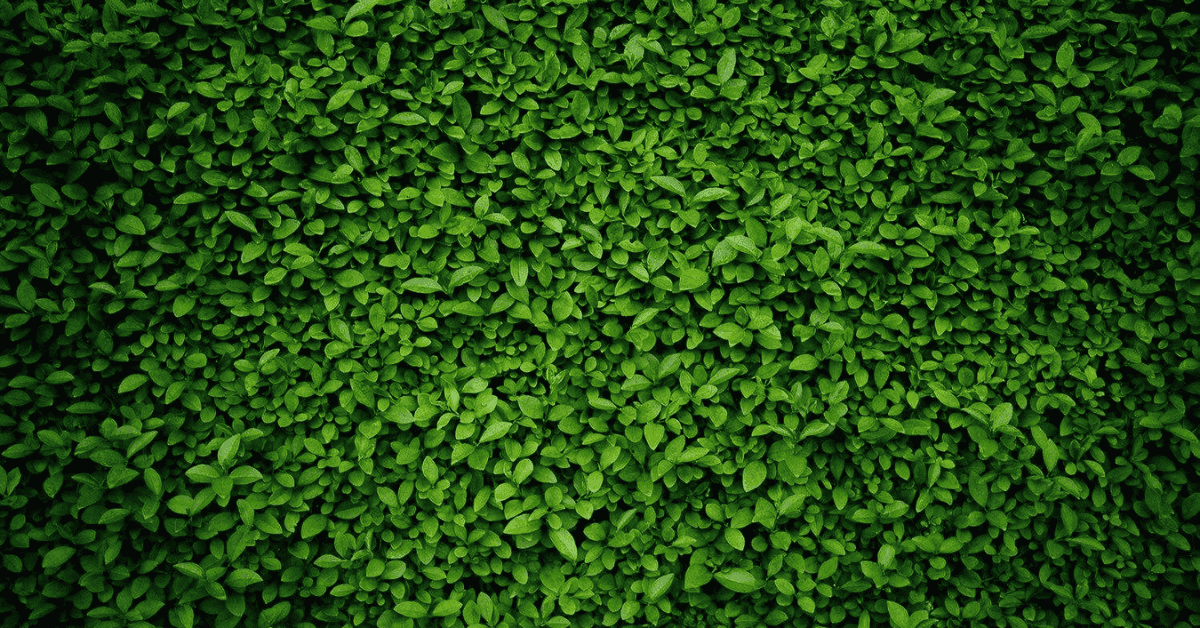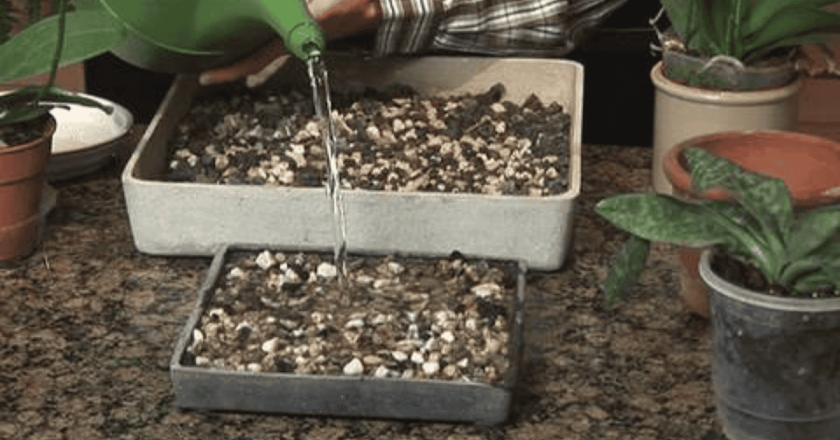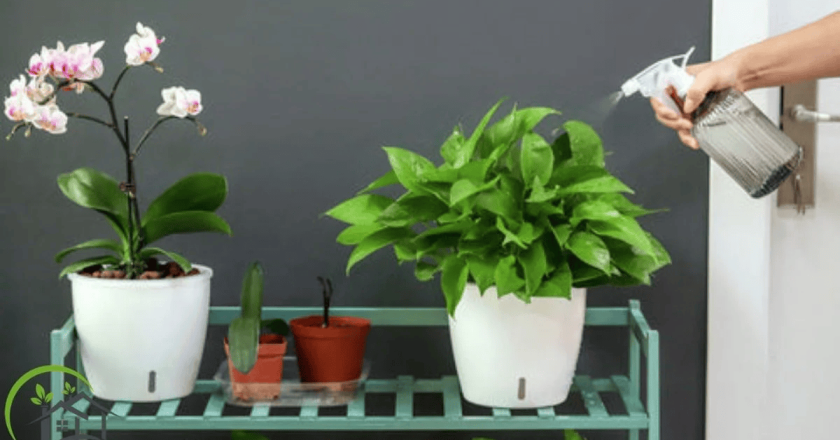If you’ve ever walked past your favorite plant and noticed a thin layer of dust coating its leaves, you’re not alone. Dust, water stains, even the occasional mysterious sticky residue — they all find their way onto greenery. The problem is, dirty Plant Leaves don’t just look dull; they also struggle to photosynthesize properly. And that means less energy, slower growth, and sometimes even disease.
So the question isn’t really whether you should clean your plants. It’s how to clean plant leaves without harming them. And that, as simple as it sounds, is where a lot of plant parents go wrong. From using harsh sprays to over-polishing with chemicals, cleaning plant leaves can do more damage than good when it’s rushed.
This guide goes deep — not just a quick wipe-down, but everything you need to know about maintaining healthy plant leaves, creating that subtle natural shine, and avoiding mistakes that set plants back.
Why Clean Plant Leaves at All?
You might think cleaning is purely cosmetic. Who cares if there’s a little dust? But there’s more to it.
-
Dust blocks light, reducing photosynthesis.
-
Residue clogs pores (stomata), preventing proper breathing.
-
Over time, grime attracts pests like spider mites.
-
And yes, plants simply look more alive with shiny plant leaves.
Think of it as part of plant leaves maintenance. Just like watering or feeding, wiping or washing is a small act that pays off in bigger growth and resilience.
And it doesn’t matter whether it’s a peace lily in your living room or a hardy snake plant by the window. Both need attention. (Here’s a useful peace lily care guide if you’re juggling watering and cleaning challenges at the same time.)
Signs It’s Time to Clean Plant Leaves
How do you know when it’s overdue? The obvious clue is visible dust on plant leaves, especially if you can write your name in it with a fingertip (I’ve done that, more than once).
Other signs:
-
Leaves appear dull or lose their natural gloss.
-
Water runs off the surface instead of soaking in when misting.
-
Sticky residue or mysterious spots form.
-
The plant looks fine overall, but something about it feels “tired.”
For certain species, like a money tree, clean leaves also reduce the chance of pests hiding in folds.
The Best Way to Clean Plant Leaves: Start Simple
Let’s be honest — there’s no single method that works for every plant. Large, waxy foliage needs one approach, delicate ferns another. Still, some general methods apply broadly.
1. Wiping with a Damp Cloth
This is the classic, and often the best way to clean plant leaves. Just a soft microfiber cloth, dampened with lukewarm water, gently wiped across each leaf. It removes dust without scratching.
2. Gentle Water Spray
For sturdier plants, a water spray for plant leaves works wonders. Put them in the sink or shower and give them a light rinse. This doubles as hydration and cleaning.
(Just don’t try this with succulents or cacti — they dislike water sitting on their surfaces.)
3. Natural Leaf Cleaner Solutions
Sometimes water isn’t enough. A natural leaf cleaner could be as simple as mixing a few drops of mild soap in water. Used sparingly, it breaks down grease or stickiness without harming the leaf surface.
Cleaning Indoor Plant Leaves vs Outdoor
The approach changes depending on where your plants live.
-
Cleaning indoor plant leaves: Focus is mainly on dust from air circulation and heating systems. Regular wiping is key.
-
Outdoor foliage: Rain often does some of the work, but outdoor grime is heavier — think pollution, bird droppings, or insect honeydew. Here, rinsing and gentle scrubbing may be necessary.
If you’d rather avoid the constant upkeep outside, here’s a list of low-maintenance outdoor plants that naturally handle a bit of mess.
Mistakes to Avoid When Cleaning
Ironically, the most damaging problems come from trying too hard. A few common mistakes:
-
Using harsh chemicals or store-bought leaf shine sprays. They block pores instead of helping.
-
Over-polishing — leaves aren’t meant to look like mirrors.
-
Scrubbing with rough cloths or brushes causes micro-tears.
-
Forgetting to clean both sides of plant leaves (pests love the undersides).
Even “gentle” household hacks like mayonnaise or milk, often suggested for polishing plant leaves, can leave behind residue that harms over time.
Special Cases: Cleaning Large Plant Leaves
Some plants, like monsteras or oversized philodendrons, practically demand attention. Their size means dust builds up quickly.
-
Use a soft sponge or cloth for cleaning large plant leaves.
-
Support the leaf from underneath while wiping.
-
For deeply split leaves (like monstera), a soft brush can reach crevices.
If you’re caring for dramatic species, here’s a helpful guide to oversized indoor plants that shows why cleaning is part of display as much as health.
Household Tips for Plant Leaves
Sometimes the best tricks are the simplest:
-
Banana Peel Wipe: The inside of a peel removes dust and adds a subtle, safe shine.
-
Diluted Vinegar (very mild): Works for hard water stains, but only for sturdy leaves.
-
Dusting with a Soft Brush: Perfect for delicate foliage that can’t handle water.
These little household tips for plant leaves are less about fancy cleaning and more about keeping up with small tasks, so big cleanings aren’t needed as often.
Aftercare: Keeping Plant Leaves Healthy
Once clean, how do you keep leaves looking that way?
-
Place plants away from vents and dusty shelves.
-
Mist lightly to maintain humidity.
-
Keep soil clean, since dirt splashes onto leaves during watering.
And don’t underestimate the role of species choice. Snake plants and Christmas cactus are naturally easier to maintain compared to fussier foliage.
How to Make Plant Leaves Glossy Without Harm
Everyone wants that healthy, vibrant glow. But the trick isn’t fancy polish — it’s health. Shiny plant leaves usually reflect good care: consistent watering, proper light, and gentle cleaning.
If you want to enhance gloss safely:
-
Wipe regularly with water.
-
Use a damp cloth with a drop of mild soap (then rinse).
-
Avoid sprays labeled as “leaf shine” — they’re cosmetic, not beneficial.
Think of glossiness as a side effect of cleaning plant foliage and keeping plants healthy overall.
Seasonal Leaf Cleaning
Different times of year create different challenges. In winter, dust builds up faster indoors due to heating. In spring, outdoor plants collect pollen. Autumn often brings falling debris.
Adding cleaning to your plant leaves care guide each season helps create consistency. If you like structure, you can even turn it into part of your plant leaves maintenance schedule — every 2–3 weeks for indoor foliage, monthly for outdoor.
🌱 Key Takeaways
-
Dust-free leaves mean healthier plants. Cleaning Plant Leaves improves photosynthesis, prevents pests, and keeps plants thriving.
-
Gentleness matters most. Whether wiping, rinsing, or brushing, harsh scrubbing is one of the biggest mistakes to avoid.
-
Skip the chemical shines. True gloss comes from health and simple cleaning, not from sprays that clog pores.
-
Different leaves need different care. Large waxy foliage can handle water sprays, while delicate leaves may only need dusting.
-
Consistency beats perfection. Light, regular cleaning is better than occasional over-cleaning that stresses plants.
🌿 Final Thought
Cleaning Plant Leaves isn’t about vanity. It’s about connection. Each time you wipe or rinse, you’re not only keeping leaves glossy — you’re also slowing down, paying attention, and noticing the little details that signal a plant’s well-being. And honestly, plants don’t need perfection. They just need consistency, gentleness, and a caretaker who pays attention often enough to notice when something’s off.
❓ FAQs
1. What is the best way to clean plant leaves?
The safest method is wiping with a damp microfiber cloth. For sturdier plants, a gentle rinse works too.
2. How often should I clean indoor plant leaves?
Every 2–3 weeks is a good rhythm for cleaning indoor plant leaves, but adjust if dust builds up faster.
3. Can I use household items to make plant leaves shiny?
Yes, but carefully. Banana peels or a mild soap solution can work. Avoid oils or commercial shine sprays.
4. What should I avoid when cleaning plant leaves?
Skip harsh chemicals, rough cloths, or over-polishing. These cause damage instead of helping.
5. How can I clean large plant leaves like monstera?
Use a soft sponge or cloth, support the leaf from underneath, and rinse gently if needed.




